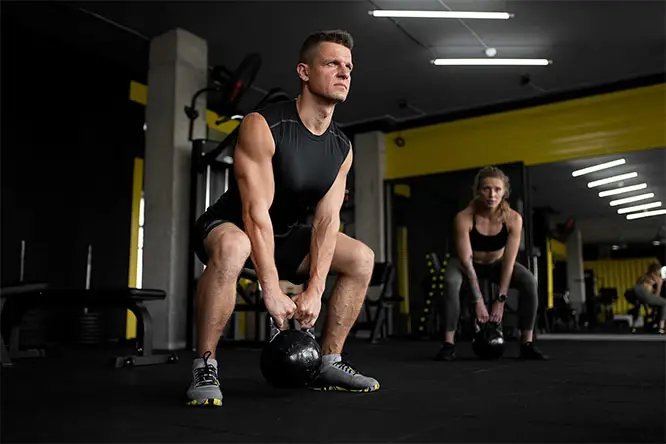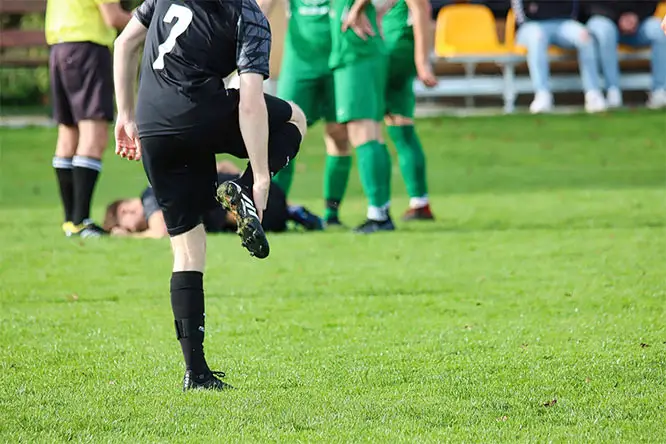Managing Shoulder Discomfort from Sports Activities? Key Information to Consider

Introduction
Athletes and sports enthusiasts often struggle with shoulder discomfort, which can disrupt even the most dedicated individuals, impacting their performance and overall enjoyment of the sport.
In this article, we explore the common occurrence of sports-related shoulder pain, highlighting its origins and underscoring the necessity to recognize and manage it. With the right knowledge, you can make informed decisions to avoid, handle, and alleviate shoulder pain, paving the way for a healthy, active life.
Understanding Shoulder Pain in Sports
Shoulder discomfort in the athletic realm can drastically affect a player’s performance and satisfaction. Here, we detail some prevalent sports-related causes of shoulder pain.
Rotator Cuff Damage
The rotator cuff consists of four muscles and their tendons, enveloping the shoulder joint. This allows stability and a broad range of movement. Injuries arise from overexertion, sudden trauma, or wear and tear. Sports requiring repeated overhead actions, like swimming, tennis, and baseball, pose a risk for rotator cuff damage. Symptoms include muscle strains, torn tendons, or inflamed tendons.
Dislocations and Partial Dislocations
A dislocation happens when the upper arm bone exits the shoulder blade socket. A partial dislocation entails a slight exit of this bone from the socket. Both situations arise from hard impact or extreme force, common in contact sports like rugby or martial arts, leading to intense pain and reduced movement.
Labrum Damage (SLAP Tears)
The labrum, a cartilage lining in the shoulder socket, assists in joint stabilization. SLAP tears, injuries at the socket’s top, occur due to repetitive actions, like in basketball, or from sudden traumas. Symptoms include pain, a snagging sensation, and weakened shoulder strength.
Tendinitis and Bursitis
Tendinitis is tendon inflammation, while bursitis pertains to inflammation of the bursa. Both can be caused by repetitive shoulder strain, resulting in pain and stiffness.
Identifying High-Risk Sports
Baseball and Softball: The repetitive actions in these sports can lead to shoulder problems. Adopting proper throwing techniques, strengthening exercises, and ensuring enough rest can mitigate injury risks.
Swimming: Despite their strong shoulders, swimmers can encounter shoulder issues due to repetitive strokes. Proper technique, balanced strength training, and rest can stave off such problems.
Tennis and Racquet Sports: These sports exert pressure on the shoulder joint, leading to potential injuries. By employing proper techniques, warm-ups, and shoulder exercises, players can minimize injury risks.
Weightlifting and Gymnastics: These activities strain shoulder joints. Issues include rotator cuff strains and labrum tears. Maintaining form, gradual intensity buildup, and focusing on shoulder exercises can prevent injuries.
Recognizing Shoulder Pain Indicators
Constant Pain: A lasting ache, which might intensify during particular movements or at night, is a significant sign of a problem.
Restricted Movement: A limited range of motion in the shoulder can affect athletic performance and daily activities.
Arm Weakness: Athletes must note any arm strength reduction, which might signal a deeper problem.
Unusual Sounds: Sounds during shoulder movement might indicate a problem. Consult a health professional if these sounds accompany other symptoms.
Preventive Measures for Sports-Related Shoulder Pain
Dallas-based shoulder experts believe in prevention over cure. Here are some strategies to avert shoulder issues:
Warm-ups and Stretching: Start with a light, full-body warm-up, concentrating on the shoulders. Transition to static stretches after warming up.
Shoulder-Strengthening Exercises: Focus on exercises that bolster the rotator cuff and surrounding muscles.
Maintain Good Form: Proper alignment during sports minimizes shoulder strain.
Gradual Intensity Build-Up: Slowly increasing workout intensity prevents overexertion injuries.
Treatment Alternatives for Shoulder Pain
For sports enthusiasts, shoulder pain can be debilitating. However, numerous treatments can offer relief:
The RICE Method: An initial treatment for many sports shoulder injuries.
Physical Therapy: Tailored exercises and stretches help restore shoulder functions.
Medication: NSAIDs, like ibuprofen, can alleviate pain and inflammation.
Surgery: In some instances, surgical interventions might be necessary.
Wrapping Up
Shoulder pain is a common issue for athletes but can be managed with knowledge and care. Recognizing the shoulder’s structure, potential pain sources, and early signs can empower you to maintain your health.
Emphasizing preventive measures and seeking professional guidance can ensure a pain-free and fulfilling athletic journey. Stay informed, be proactive, and enjoy your sport!



